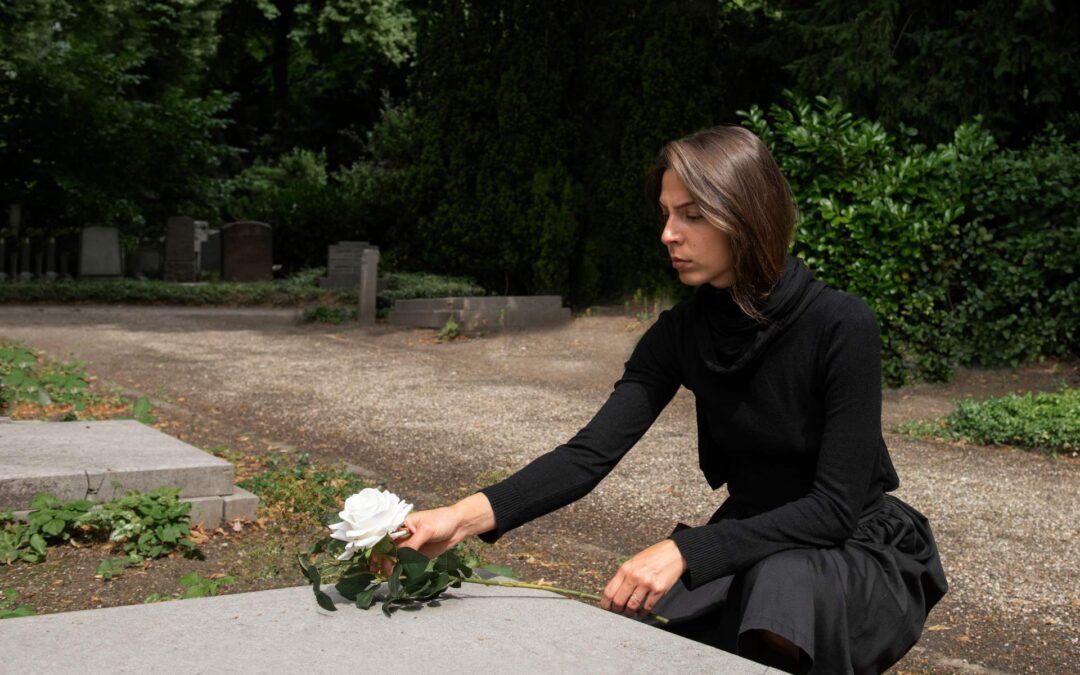“Even as the leaves are falling, the buds of next year’s crop are already in place, waiting to erupt again in the spring. (…) We rarely notice them because we think we’re seeing the skeleton of the tree, a dead thing until the sun returns. But look closely, and every single tree is in bud, from the sharp talons of the beech to the hooflike black buds of the ash”.
-From the beautifully written book Wintering, by Katherine May
It’s Fall again. The leaves are falling, and the temperature is beginning to fluctuate between short sleeved shirts and oversized sweatshirts. There’s a feeling of hope in the air that perhaps we wouldn’t notice if we weren’t also attuned to the nostalgia and melancholy it carries with it. I’ve learned to carry both lightly. And as the days get shorter and shorter, I tend to go deeper and deeper within, reflecting and philosophizing. We often think that Fall is when things start to die. Trees shed their leaves and animals begin their hibernation. However, I would like to suggest a reframe of this idea: What if Fall is just a period of preparation to be born again in the Spring? What if it’s just the beginning? What if both life and death can coexist?
An activity that always helps me put this idea into perspective is visiting a cemetery. And no, not the kind of visit where you go at midnight to tell ghostly tales under a flashlight. Visiting cemeteries has become a way to intimately meditate on, of course, life and death, but also on love, the ways in which we express it, ache and heartbreak, grief, family, ceremony, spirituality, existence, meaning, symbolism and archetypes, and even joy. With respect and reverence, this can be a meaningful exercise, an invitation to honor impermanence and the essence of what makes us human. This is what I discovered in one of my recent visits (this is about to get poetic and gothic, I couldn’t help myself):
We have yet to learn from the way in which death is full of life, and life is full of death. From the deep love that remains and lingers in the empty spaces, and the flowers and letters in front of the tombstones that honor the memories of a love aching in the distance, to the way moss hugs the name carved on the grave, as if it were trying to squeeze life into it. Or the way wild mushrooms grow on top of seemingly dead spaces, telling on the earth’s ability to grow and nourish colorful things amidst a gray background.
Death is contained in spaces that are surrounded by life and fertility as if it were trying to remind us that new beginnings can grow even from stagnant places. Life finds a way to embrace death and not only coexist with it, but dance with it. We have yet to learn to embrace this dance that is written in our bones and moves them to a beat we have yet to learn to listen to…
Think about it. Even in the midst of winter, the seemingly dead trees are nurturing life, providing food and a home for different critters, from insects to deer. They are, in fact, full of life. They’re just waiting for spring. And perhaps we, too, can think of the beauty, fragility, and impermanence of our own personal winters and grief. How, even in some of our harshest seasons of life, there are seeds inside us waiting for the spring, like the wildflowers that grow in cemeteries. We hold inside us a million stories, indescribable resilience, a few deaths, and an abundance of life.

